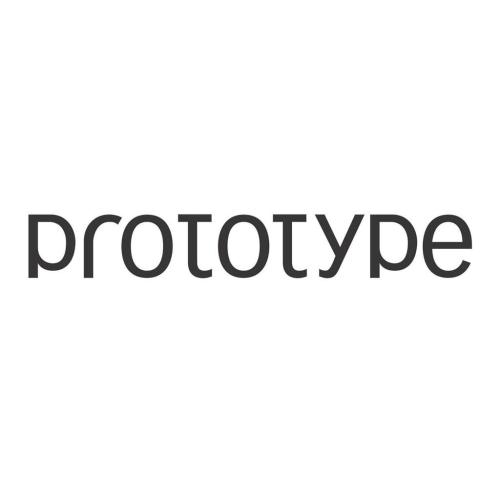Putting together an ideal outfit is a process that involves creativity and style intuition. This makes it a particularly difficult task to automate. Existing styling products generally involve human specialists and a highly curated set of fashion items. In this paper, we will describe how we bootstrapped the Complete The Look (CTL) system at Pinterest. This is a technology that aims to learn the subjective task of "style compatibility" in order to recommend complementary items that complete an outfit. In particular, we want to show recommendations from other categories that are compatible with an item of interest. For example, what are some heels that go well with this cocktail dress? We will introduce our outfit dataset of over 1 million outfits and 4 million objects, a subset of which we will make available to the research community, and describe the pipeline used to obtain and refresh this dataset. Furthermore, we will describe how we evaluate this subjective task and compare model performance across multiple training methods. Lastly, we will share our lessons going from experimentation to working prototype, and how to mitigate failure modes in the production environment. Our work represents one of the first examples of an industrial-scale solution for compatibility-based fashion recommendation.
翻译:将理想的装备组合在一起是一个涉及创造性和风格直觉的过程。 这使得自动化的任务变得特别困难。 现有的装饰产品通常涉及人类专家和一套高度集成的时装物品。 在本文中, 我们将描述我们如何在Pinterest 上跳过完整外观(CTL)系统。 这是一种旨在学习“ 风格兼容” 主观任务的技术, 以便推荐一个完整的辅助项目。 特别是, 我们想展示与其他类别相容的建议, 与一个感兴趣的项目相容。 例如, 哪些高跟鞋与这个鸡尾服很相配? 我们将介绍我们100多万件和400万个对象的装配数据集, 其中一个是我们将提供给研究界的, 并描述用来获取和刷新这个数据集的管道。 此外, 我们将描述我们如何评估这一主观任务, 并比较各种培训方法的模型性能。 最后, 我们将分享我们从实验到工作原型的教训, 以及如何减少生产环境中的失败模式。 我们的工作是工业规模解决方案的第一个例子之一。



